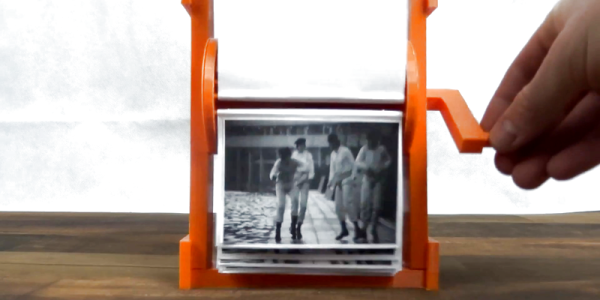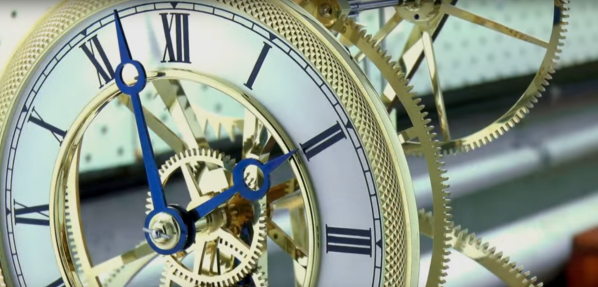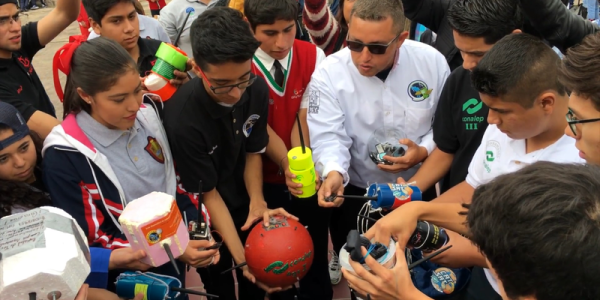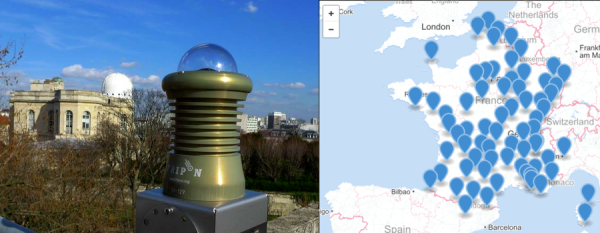[John] got his hands on a 3D printer, and did what any hacker with a new toy would, printed himself a Mutoscope. (A what?) A Mutoscope is an early flip-book based motion picture machine, and in this case it displays 24 frames from “A Clockwork Orange”. [John]’s 3D-printed machine is, not coincidentally we assume, printed in orange plastic.
The model for the frame is up on Thingiverse, but there’s not all that much to it, honestly. It’s a frame and a few wheels that hold some skewers in place. The rest of the work is making the flaps.
But getting to the end product wasn’t a straight walk. [John] describes all of the starts and stops in his blog, aptly named “Fail Try Again”. We like seeing the whole process rather than just the final, seventh, iteration of the device.
Where to take this project next? We want to see a design with a mounting bracket for a cheap stepper motor built in. We’ve always wanted our own custom signage, and there’s nothing cooler than the flap-flap-flap noise that flip book pages make when being switched. We must not be alone in thinking so, because we’ve seen two beautiful DIY builds in the last two years: this one done in multiples for advertising purposes and this one done just for the lulz. [John]’s project is a lot simpler, and thus a lot more accessible. We hope it inspires a few of you to make your own.

















